Top GPUs for Cryptocurrency Mining in 2025
Graphic cards are constantly evolving. Miners are bombarded with new hardware releases on a regular basis. Crypto-enthusiasts can often become overwhelmed with the available options of cryptocurrency mining equipment.
This article explores the top GPUs for cryptocurrency mining in 2025, highlighting the latest advancements in GPU technology and their impact on mining efficiency.
Table of contents
- A Short Introduction to Cryptocurrency Mining
- The Main Aspects to Watch for in a GPU for Mining
- Bitcoin Mining With a GPU
- What are GPUs in Cryptocurrency Mining?
- Top 10 GPUs For Cryptocurrency Mining
- Useful links
- Cheapest GPUs for Bitcoin Mining
- Affordable GPUs for Litecoin Mining
- Best GPUs for Mining Monero
- What coins can you mine with a GPU?
- Conclusion
A Short Introduction to Cryptocurrency Mining
If you are reading this blog regularly, you probably know what cryptocurrency mining is. For the sake of clarity, let’s give a brief introduction to the concept.
Cryptocurrency mining is the process of verifying transactions on the Blockchain. This is done by solving complex mathematical problems (or hashes) through the computing power of your PC.
Where it gets interesting is that mining also generates new (crypto) coins. These are distributed as rewards to the miners that successfully verify transactions. This mechanism is called a proof-of-work.
It was Satoshi Nakamoto who first implemented PoW through the Bitcoin blockchain. The idea was that people would use the power of their CPUs to mine new coins. At the cost of their time and electricity, miners would be rewarded with new Bitcoin for their effort.
However, it soon became obvious that GPUs were much better suited at solving these hashes.
Soon after, FGPAs followed, allowing for faster mining. And finally, came the ASIC miners, which are much more powerful than GPUs.
Once ASICs were introduced to the market, many people thought that GPUs would automatically go obsolete. However, that did not happen, and time showed that GPUs still have their place in the mining industry.
While some mining algorithms require high computational power, others have been programmed to be ASIC-resistant. They accomplish this by requiring a lot of memory to solve their hashes, making GPU mining still relevant today.
With that said, not all GPUs are the same. There are some key characteristics that you should look for when choosing your graphic card.
The Main Aspects to Watch for in a GPU for Mining
As far as mining is concerned, rendering and gaming performances are mostly irrelevant when choosing a graphic card. Instead, users should focus on aspects that directly impact mining efficiency:
- Hashrate – This is the problem-solving power of the GPU. It shows how many hashes the GPU makes in a second. Hashrate impacts the speed at which new coins can be mined, and is dependent on the algorithm of a particular blockchain.
- Power Draw – This will be the running cost of your GPU. It shows how much electricity is needed for your card to operate optimally.
- Memory Size and Memory Speed – Memory size and memory speed are important for mining size-heavy algorithms like the one on the Ethereum blockchain.
- Pricing – Your initial investment. There are lots of cards out there, so the goal is to find the best option that suits your budget.
As new video cards for mining hit the market, some retain their efficiency, while others become obsolete. Let’s see which ones are the best GPU for mining in 2025.
Bitcoin Mining With a GPU
Bitcoin is the most valuable cryptocurrency on the market. It goes without saying that it draws the most interest when it comes to mining.
But even the best GPU for mining isn’t good enough for Bitcoin. The original cryptocurrency uses the SHA-256 algorithm in its mining process which is notorious for its high computational power requirements.
Additionally, Bitcoin’s mining difficulty goes up with the number of miners competing for the rewards. Its incredible popularity has increased the difficulty, leaving only one viable option to acquire new Bitcoins: ASIC miners.
However, these specialized machines are very expensive, hard to come by, and have diminishing returns due to hardware degradation. Furthermore, they are designed for solving only one algorithm, restricting you from mining different coins.
If you are looking for a Bitcoin-friendly GPU, you will be quickly disappointed. You would simply never break even.
So, how do you mine Bitcoin with a GPU? Is it still possible?
Well, you can’t mine Bitcoin with a GPU directly. Instead, you can go down another road: mine alternative cryptocurrencies and exchange them for Bitcoin. This way, you will still be able to increase your Bitcoin portfolio.
Here’s a great video that explains the ins and outs of building a GPU mining rig if you are a beginner.
What are GPUs in Cryptocurrency Mining?
GPUs are essentially the workhorses behind the digital visuals on your computer. But besides their main function, GPUs have become a key player in the world of cryptocurrency mining.
Here’s why they are important.
Parallel Processing Power
Unlike Central Processing Units (CPUs) designed for diverse tasks, GPUs excel at running many calculations simultaneously.
This parallel processing makes them perfect for the repetitive calculations involved in solving cryptographic puzzles to validate transactions in blockchains.
Speed Efficiency
Compared to CPUs, GPUs can tackle these calculations at a much faster rate while consuming less power.
This translates to a significant advantage for miners. The faster a miner solves the puzzles, the higher the chance of earning cryptocurrency rewards.
Adaptive
GPU technology is constantly evolving, offering miners the potential to upgrade their hardware and stay competitive.
For example, as GPU manufacturers like NVIDIA and AMD release new generations with enhanced processing power and efficiency, miners have the option to upgrade their hardware.
This allows them to maintain a hashing power advantage, which is crucial for successfully solving the complex puzzles that validate cryptocurrency transactions.
Top 10 GPUs For Cryptocurrency Mining
The GPU market is constantly evolving, with new models boasting improved performance and efficiency.
Here are some of the top contenders for cryptocurrency mining in 2025.
NVIDIA A100 Tensor Core GPU
The NVIDIA A100 Tensor Core GPU, powered by the Ampere Architecture, excels in AI, data analytics, and HPC tasks, boasting 20X higher performance than its predecessor. With 48 RT Cores, 192 Tensor Cores, and 6,144 CUDA cores, coupled with 16GB memory, it’s optimized for cryptocurrency mining.
The A100’s 80GB version offers the fastest memory bandwidth at over 2TB/s, catering to large-scale models and datasets.
It features advanced capabilities like Multi-Instance GPU (MIG) for optimal resource utilization and scalability.
NVIDIA H100 Tensor Core GPU
The increasing availability of NVIDIA’s H100 GPUs offers relief for crypto miners. These GPUs, deployed in clusters by data centers, promise lower costs. H100s also serve as collateral for financing, driving new mining ventures.
Expansion efforts by NVIDIA and partnerships with cloud providers like Oracle, Google, and Microsoft promise more accessibility.
NVIDIA GeForce RTX 4090
The NVIDIA GeForce RTX 4090 tops consumer graphics cards in 2024, excelling in cryptocurrency mining with a hashrate of around 127 MH/s for Ethereum (Ethash). It also performs well with Autolykos (Ergo) and KawPow (Ravencoin) algorithms.
With 16,384 CUDA cores, it processes cryptographic calculations swiftly, resulting in superior hashrates. However, this power comes at a cost, drawing up to 450W while mining, leading to high electricity bills.
Additionally, the RTX 4090 retails for $1,739, impacting overall mining profitability.
NVIDIA GeForce RTX 4080 Ti
The NVIDIA GeForce RTX 4080 Ti offers a balanced option for miners, delivering a hashrate of around 87 MH/s for Ethereum (Ethash) and over 170 MH/s for Autolykos (Ergo). While not as powerful as the RTX 4090, it promises solid earnings potential.
Expected to draw about 320W, its lower power consumption can reduce electricity costs. Priced around $1200, the RTX 4080 Ti is a more affordable choice than the RTX 4090, making it an attractive option for cost-conscious miners.
NVIDIA GeForce RTX 4070 Super
The RTX 4070 Super, priced at $500-$600, is the best card in this range. Closer to the RTX 4070 Ti in performance, it outperforms the RTX 3080 Ti while using nearly half the power.
Ideal for 1440p gaming and capable in 4K with DLSS 3, it has a 10% performance boost over the RTX 4070 for an MSRP of $599.
AMD Radeon RX 6700 XT
The AMD Radeon RX 6800 XT, part of the RX 6000 series, excels in cryptocurrency mining with its RDNA 2 architecture, offering high performance and energy efficiency.
With 16 GB GDDR6 VRAM, it mines Ethereum and Ergo efficiently, while also delivering strong gaming performance. Its low power consumption (300W) reduces operational costs. Priced around $500, it’s cost-effective for both miners and gamers.
AMD Radeon VII
The AMD Radeon VII, the first 7nm GPU, supports 136 algorithms and 285 coins, with 16GB memory, perfect for cryptocurrency mining. With a power consumption of 300W and a hashrate of 93 MH/s, it yields an estimated daily profit of $0.42. Its 16GB memory size and peak frequency of up to 1800 MHz make it versatile for various tasks.
ASUS ROG Strix AMD Radeon RX 5700XT
The ASUS ROG Strix AMD Radeon RX 5700XT, priced at $1,616.00, features a hash rate of 49.01 MH/s, making it ideal for cryptocurrency mining.
With 8GB GDDR6 memory, a powerful quad-core engine, and PCIe 4.0 x16 bus, it delivers high performance for mining. AMD FreeSync technology also ensures smooth visuals, enhancing mining profitability.
AMD Radeon RX 7900 XTX
The AMD Radeon RX 7900 XTX, priced at $950, boasts 24GB DDR6 memory and a boost frequency up to 2,500 MHz. However, its mining profitability is limited, yielding only $0.71/day.
Despite its gaming prowess, its performance in cryptocurrency mining is rather decent, offering modest returns even under favorable conditions.
NVIDIA RTX A4000
The NVIDIA RTX A4000, part of the professional GPU lineup, targets desktop workstations requiring high performance in real-time ray tracing, AI computing, and graphics. It’s acclaimed as the most powerful single-slot GPU, leveraging second-gen RTX architecture.
With 48 RT Cores (2nd gen), 192 third-gen Tensor Cores, and 6,144 CUDA cores, coupled with 16GB graphics memory, it offers robust capabilities for cryptocurrency mining.
Cheapest GPUs for Bitcoin Mining
AMD Radeon RX 500 Series
The AMD Radeon RX 500 series, particularly the RX 570 and RX 580, are popular choices due to their balanced performance and efficiency. The RX 580 has a base clock speed of 1257 MHz and a boost clock speed of 1340 MHz. The RX 500 series also includes a new mid-power memory clock state to reduce power consumption when applications require faster memory clocks than idle. With a price tag of $79, it is also one of the most affordable options.
NVIDIA GeForce RTX 3080
The NVIDIA GeForce RTX 3080 strikes an optimal balance between impressive hash rates and efficient power usage, making it highly desirable for Bitcoin mining. Its sophisticated cooling mechanism guarantees sustained performance during prolonged operations.
Featuring 10GB of GDDR6X memory, it adeptly manages the intricate computations essential for mining algorithms. Priced a $350, it is more expensive than Radeon RX 500 series, but is more affordable than others.
Affordable GPUs for Litecoin Mining
AMD Radeon RX 570/580
The affordability of the AMD Radeon RX 570/580 GPUs (prices ranging from around $200 to $300) makes them attractive for Litecoin mining. They also boast a respectable hash rate for Litecoin mining, hovering around 25-33 MH/s depending on the specific model (RX 570 or 580).
More importantly, their 4GB or 8GB of GDDR5 memory makes them well-suited for Scrypt, the memory-intensive algorithm Litecoin utilizes.
NVIDIA GeForce GTX 1070
The NVIDIA GeForce GTX 1070 stands out for its well-rounded performance. Compared to the RX 570/580, it delivers a significant boost in hash rate, reaching speeds of 35-42 MH/s.
Its 8GB of GDDR5 memory makes it perfect for Scrypt mining, and its typical power draw of around 150W is lower than some high-end options, helping you manage operating costs.
Best GPUs for Mining Monero
AMD Threadripper 3990X
The AMD Threadripper 3990X boasts exceptional processing capabilities, featuring a clock speed that can reach up to 4.3 GHz and an average hash rate of 53 Kilo Hash per second (53 KH/s).
With its impressive array of 64 processing cores and 128 threads, it stands as a formidable choice in CPU power. Key specifications include a base clock of 2.9 GHz, power consumption of 280W, and a price tag of $2,999.
AMD EPYC 7J13
The AMD EPYC 7J13 emerges as the most efficient choice, earning the top spot for Monero mining. Boasting a hash rate of 49 KH/s and equipped with 64 processing cores and 128 threads, this processor offers exceptional performance.
With a base clock of 2.6 GHz, a max clock of 3.5 GHz, and a power consumption of 248W, it strikes an optimal balance between power and efficiency. While its cost varies, the lowest found was $2,085 on eBay.
What coins can you mine with a GPU?
If you are serious about your GPU mining, our advice is to often check what coins are the most profitable. The GPU mining scene is ever-changing, but there are a few cryptocurrencies that have proven to provide good value over time.
Here are the top 5 coins to mine at the time of writing:
1. Ethereum (ETH)
Ethereum (ETH) is the second most popular cryptocurrency and is a great way to start your GPU mining adventure. It’s widely accepted as a payment method and you can sell it on any exchange if needed.
Also, it might be your last chance to mine some ETH before the network changes its consensus mechanism to PoS in Q3 of 2021.
2. Ethereum Classic (ETC)
Ethereum Classic (ETC) is the original, unaltered version of the Ethereum blockchain. ETH was forked from Ethereum Classic after the DAO hack in 2016.
ETC is constantly one of the top 20 cryptocurrencies by market capitalization. This makes it quite a safe coin to mine, given its popularity.
3. Monero (XMR)
Monero (XMR) is a cryptocurrency with a focus on private transactions. Unlike Bitcoin and Ethereum blockchains, transactions can’t be traced on the Monero Blockchain. While anyone can use the network, the source, amount and destination remain private.
4. RavenCoin (RVN)
Ravencoin is a fork of Bitcoin which adds features specifically focused on allowing tokens to be issued on the Ravencoin blockchain.
Through the Ravencoin network, users can create and transfer assets from one party to another. Similar to Monero, it focuses on the privacy of its users.
5. Bitcoin Gold (BTG)
Bitcoin Gold is a hard fork from the original cryptocurrency that was designed specifically to be ASIC-resistant. One of the main reasons for its creation was to democratize mining and make it accessible to enthusiasts who want to build their own machines with GPUs.
Conclusion
As we look to the future, it’s clear that GPUs will continue to play a pivotal role in cryptocurrency mining, driving innovation and pushing the boundaries of what’s possible in this rapidly evolving industry.
Whether you’re a seasoned miner or just starting out, the top GPUs for cryptocurrency mining in 2025 offer a wealth of opportunities to capitalize on the potential of digital assets.
There, you should choose wisely and refer to our list above.
Disclaimer: Don’t invest unless you’re prepared to lose all the money you invest. This is a high‑risk investment and you should not expect to be protected if something goes wrong. Take 2 mins to learn more at: https://go.payb.is/FCA-Info


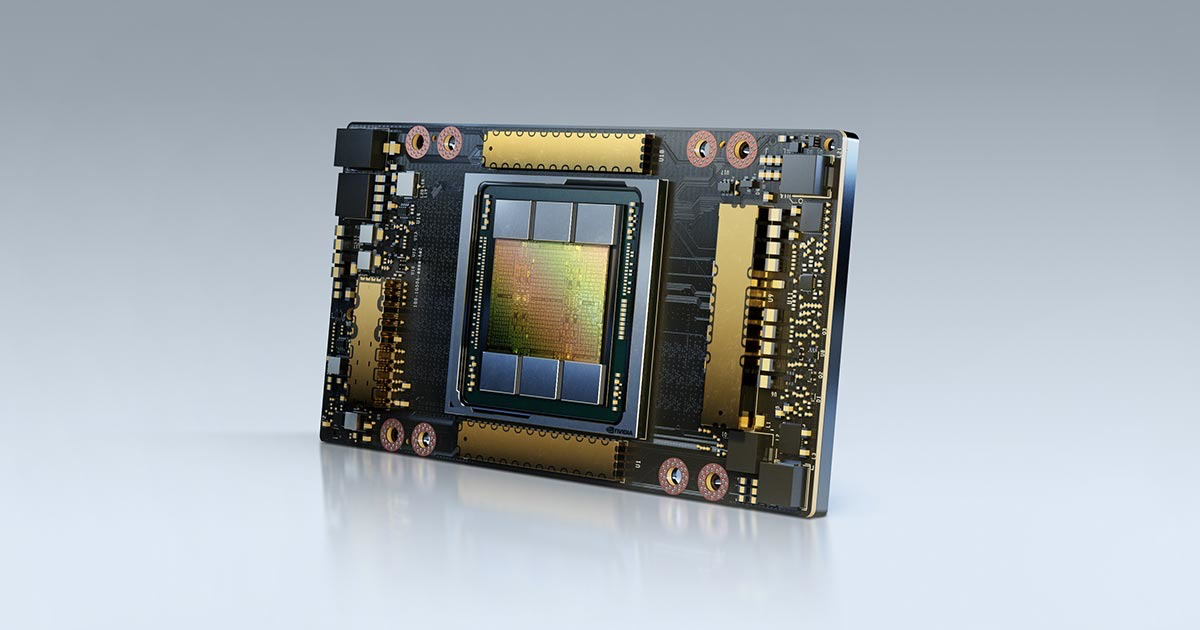
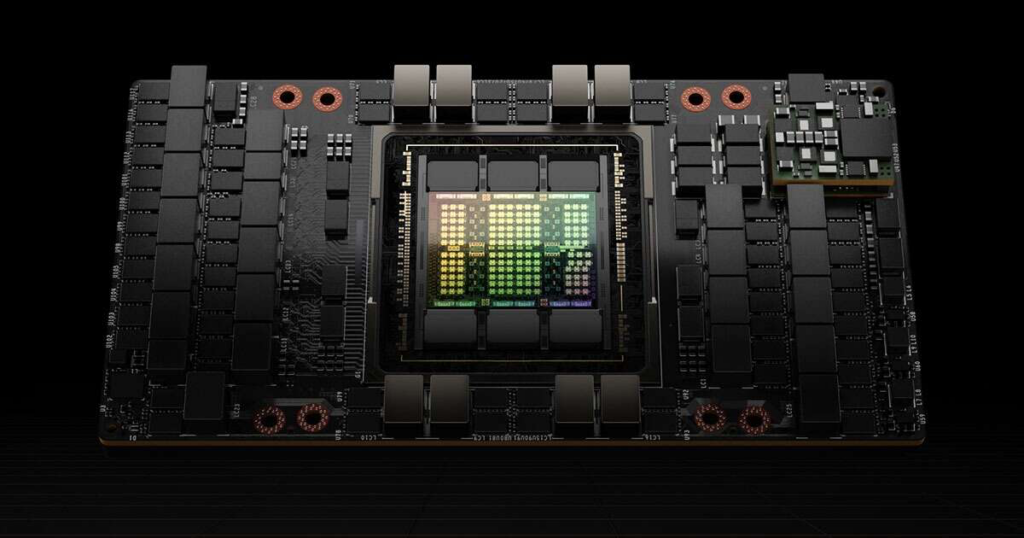
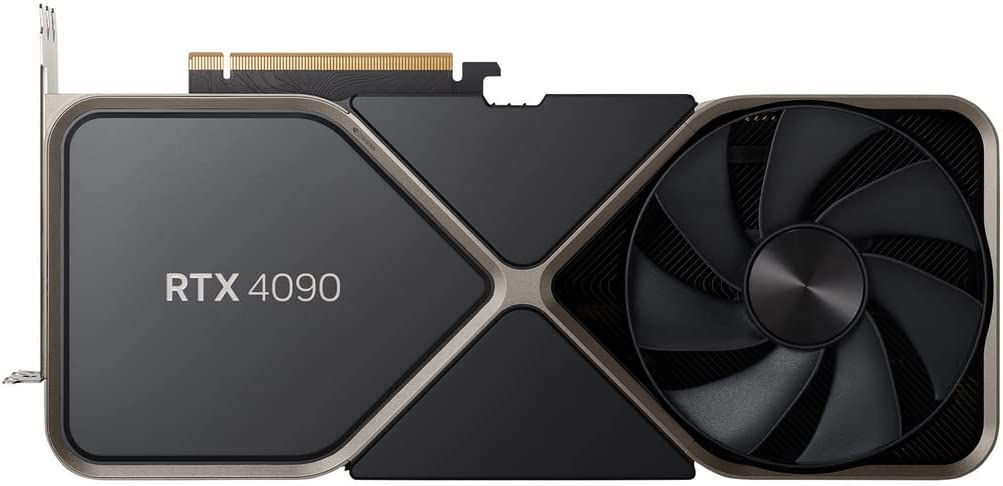
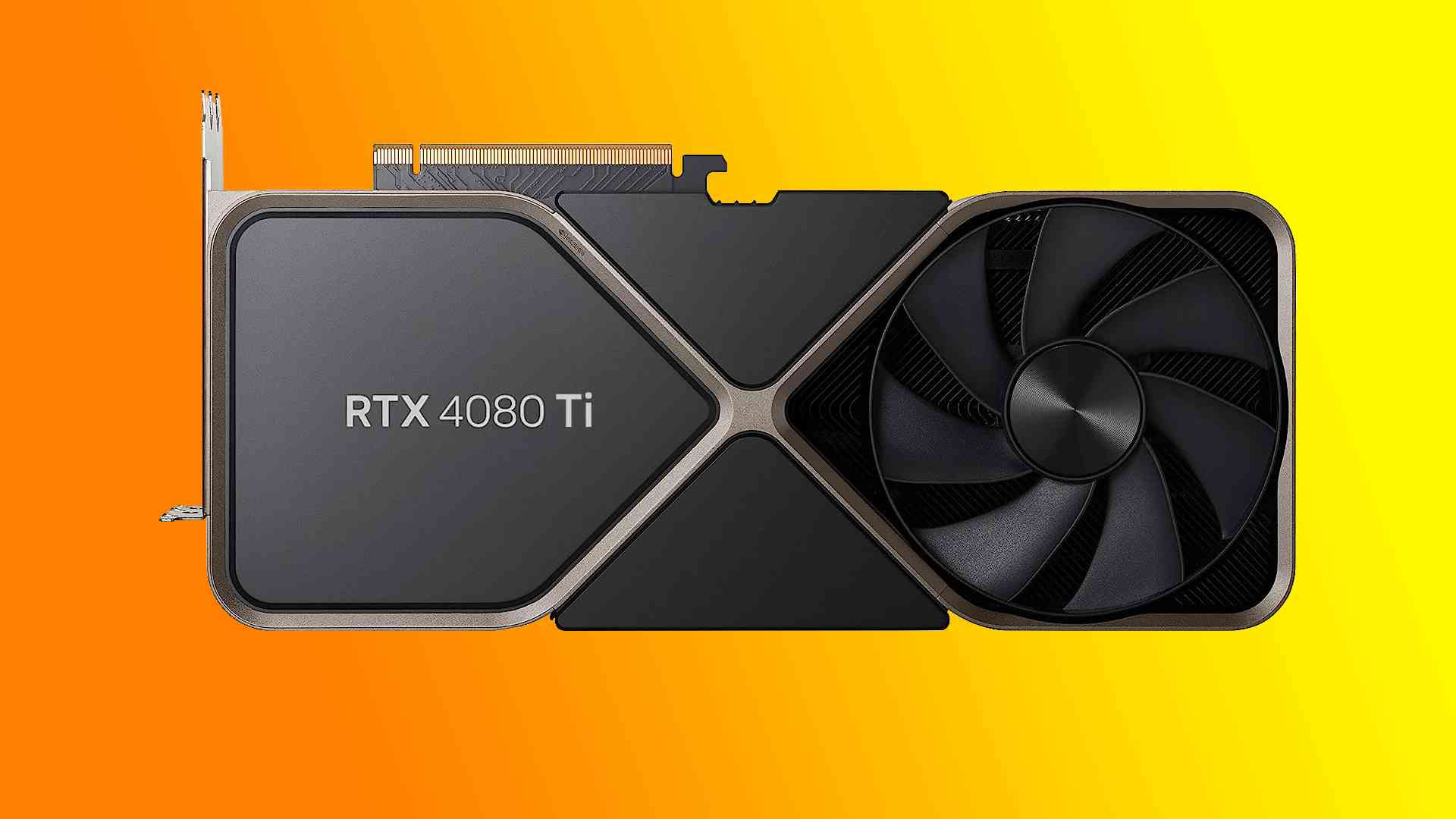
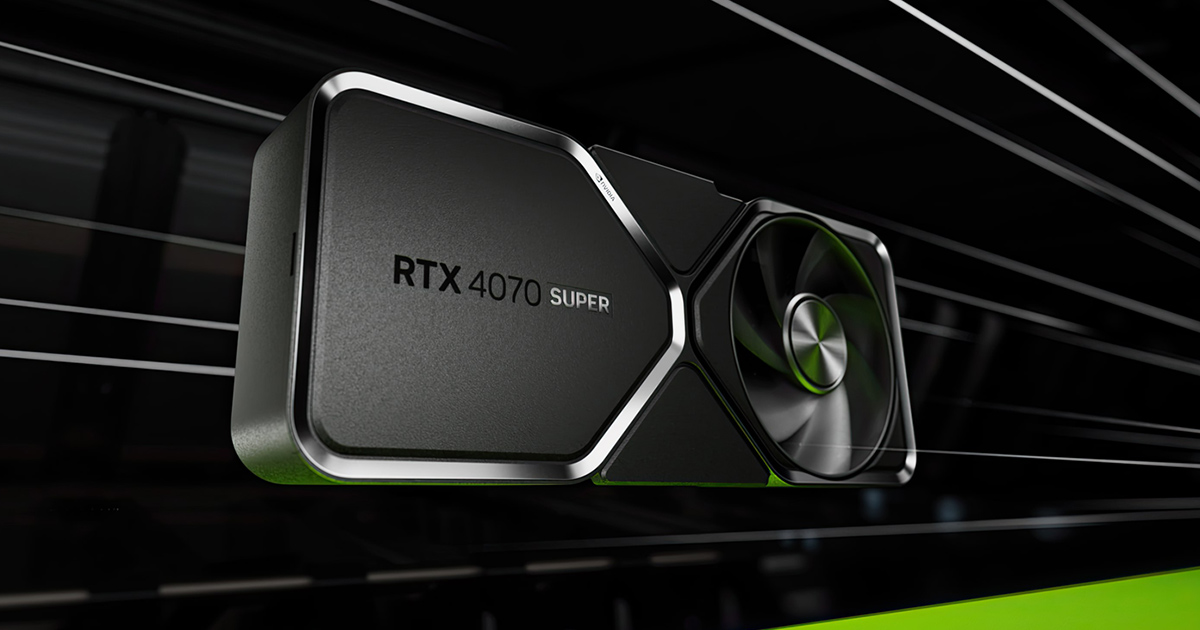
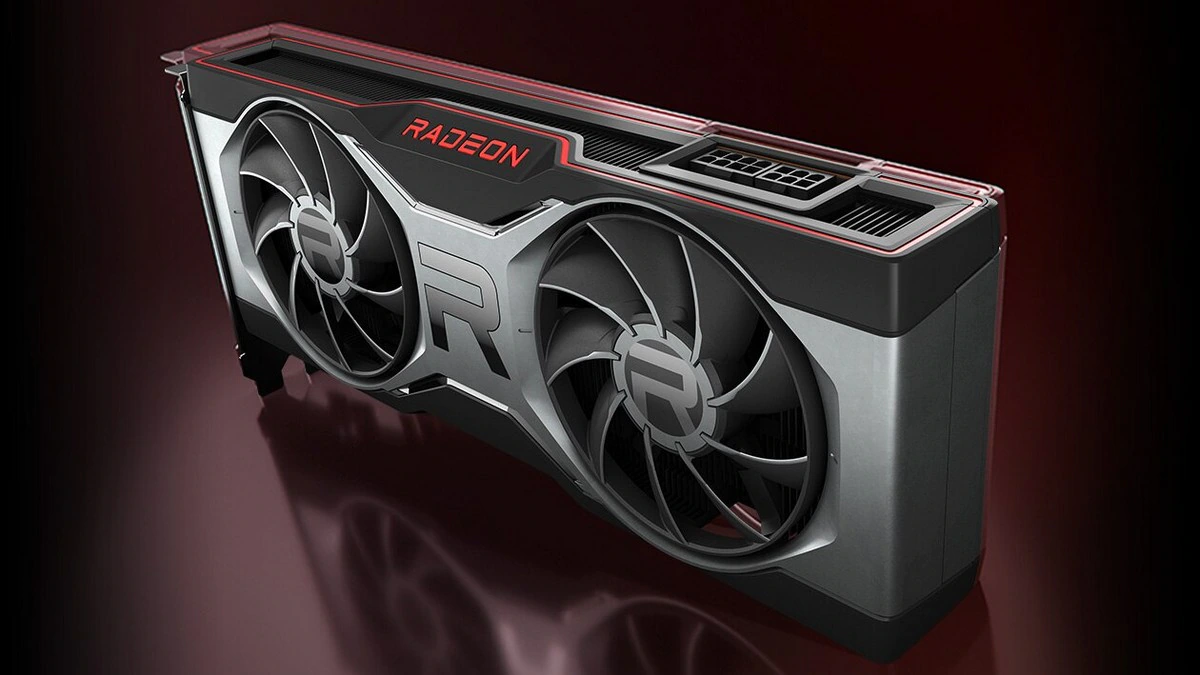
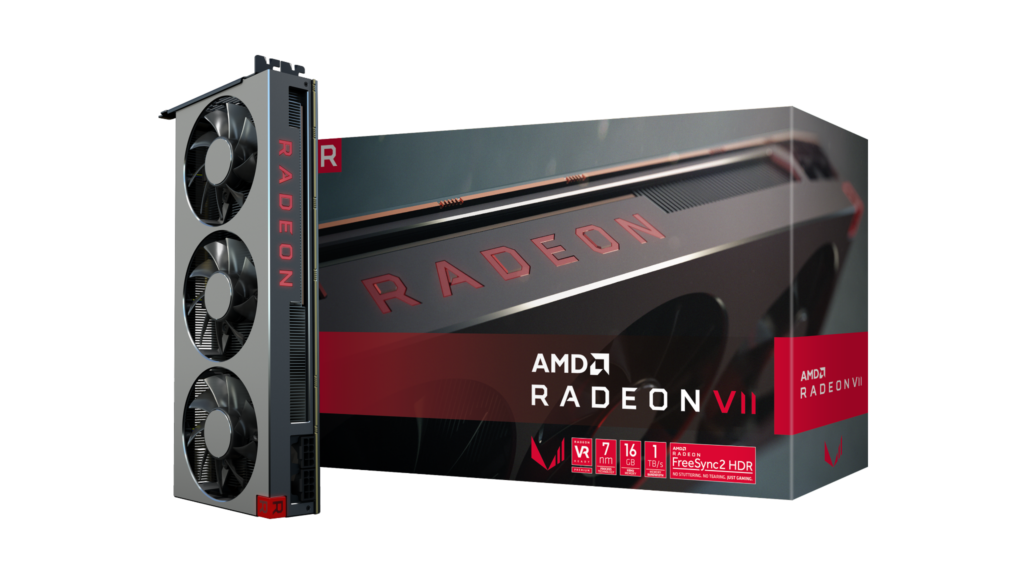
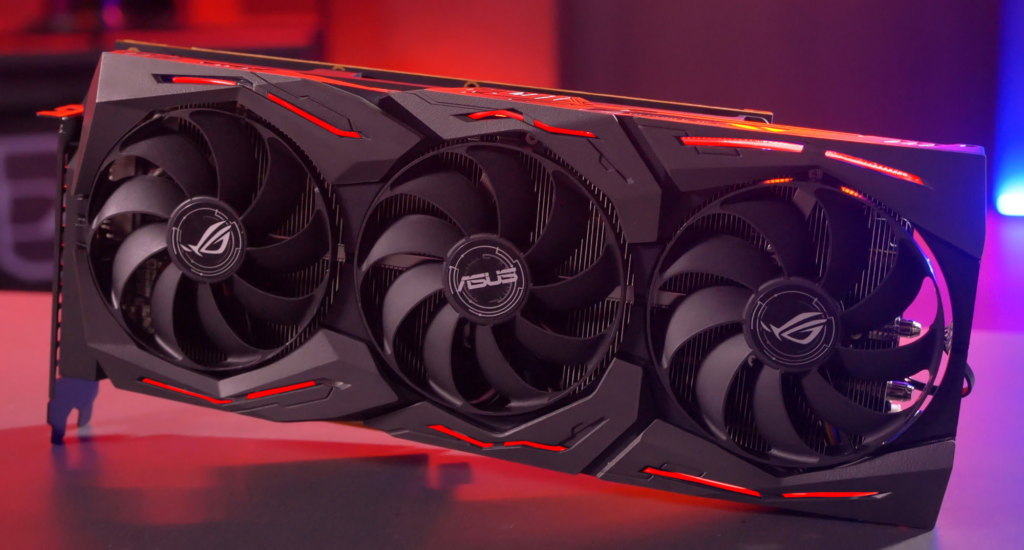

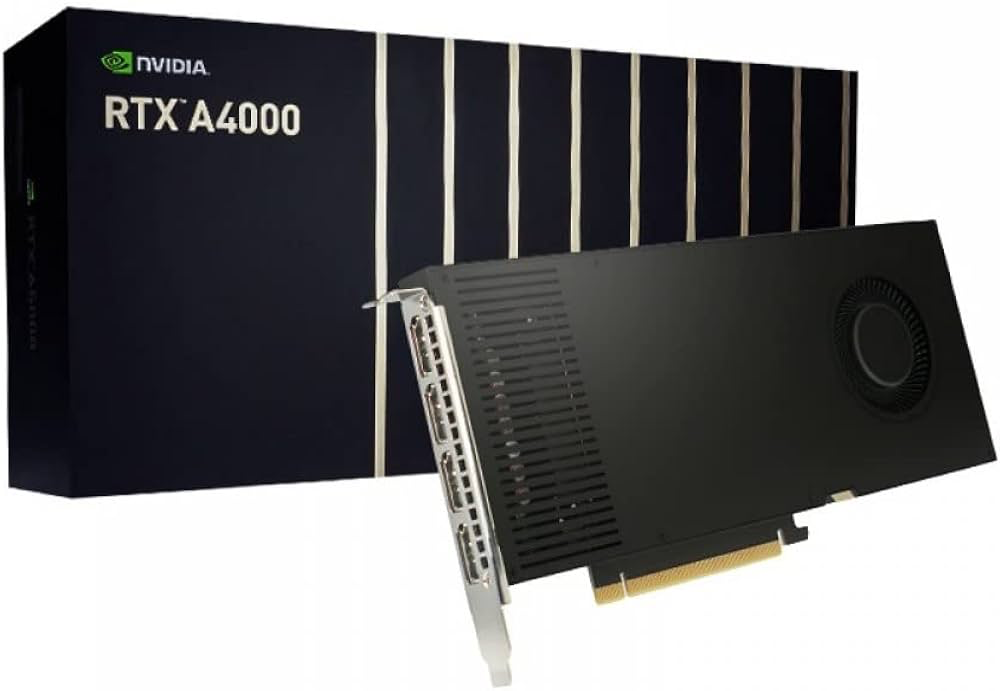

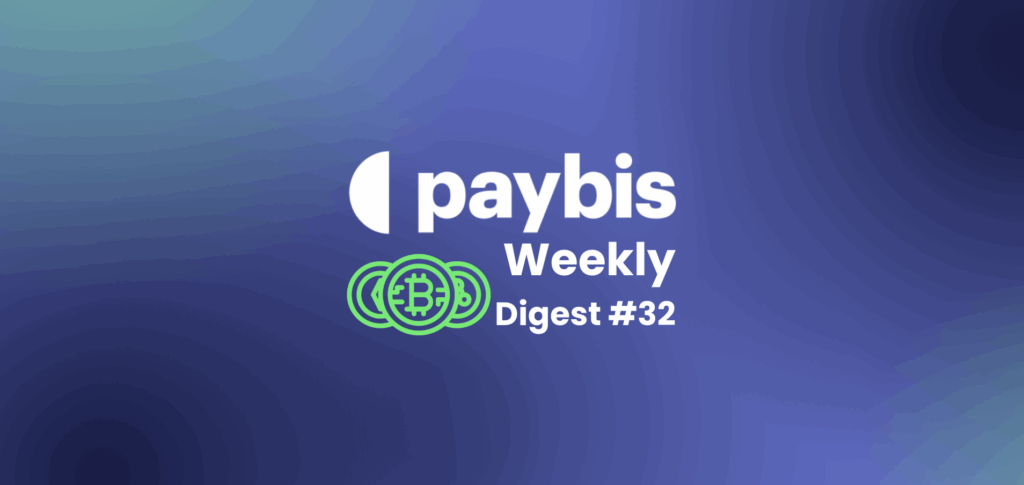

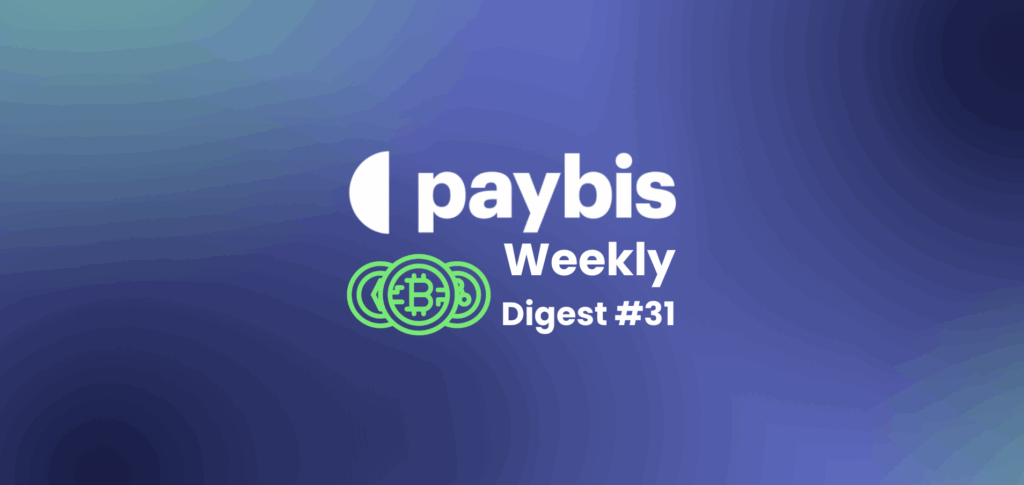
Pretty! This was an incredibly wonderful article. Thank you for supplying this information.
I am just starting wanting to start with Etherium. Should I be concerned about the algorithm change you mentioned as of Sept 2021?
Can you send the parts list to build an Etherium rig?
Thanks,
Bill
Many blockchains are updated and changed on a regular basis; in and by itself, that’s not a cause for concern. Quite the opposite, it shows that the development is ongoing.
As to mining Ethereum – we do provide some tips and reviews, but we don’t keep updated parts lists. There are plenty of resources that help you do that, though.
A lot of thanks for all of your work on this site. Betty really loves setting aside time for internet research and it is simple to grasp why. Most people learn all concerning the dynamic manner you convey rewarding tips on the website and as well encourage participation from visitors about this point plus my princess is undoubtedly being taught a great deal. Enjoy the rest of the new year. You have been conducting a fabulous job.
Sad article, don’t get anyone into mining without having 10,000$ to build a 1 gh system. Good article to build second hand market for used cards. But I would only suggest cards that have around 50/MH